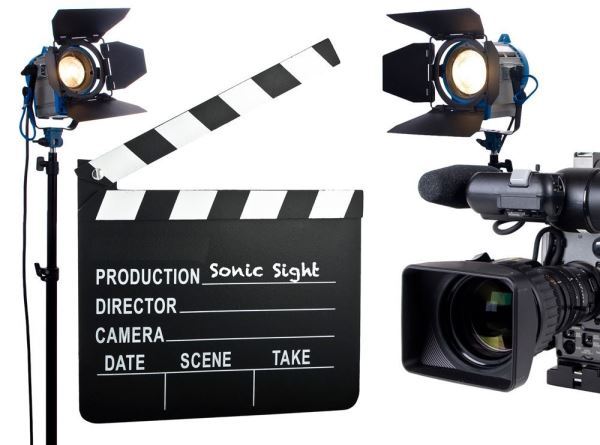There are so many ways to generate new business today: lead generators, complicated email CRMs, sales funnels capturing new leads followed by a series of emails driving them into your product ecosystem at the end.
Each of these platforms and processes are competing for your marketing dollar so that you can attract new customers. And when you are building these platforms, you are busy and feeling productive.
But is it actually the best use of your time and money? So often, we keep ourselves busy to avoid doing the things which will be more effective, albeit sometimes a little bit uncomfortable.
You have probably heard this before, but it is worth repeating. The easiest business to generate is from existing customers. I know it, you know it, but do we spend the energy on it we should? Recently I have been investing a bit more of my energy in this area and it has been quite rewarding and satisfying.
I’ve set myself some sales targets and with some advice from a friend who specialises in sales, I was reminded about this truth.
So these are the steps to generating more business the easy way:
Step 1
Generate a report from your accounting package based on customer and dollar spend over the last few years. In Xero you can select a period and how many of the those periods to compare to. I then imported this into Excel and sorted it by who had spent the most with me over this time. This means you start with the top 20 percent. The ones who are generating the most business. The valuable ones.
Step 2
Set yourself a goal of 5 -10 calls per week. So that’s only 1-2 calls per day. It’s not that difficult. But it can be the most profitable way to generate more business.
Step 3
Find a reason to get in touch. This can be tricky. You don’t want to be calling up a client to say, “Hey, we did some work together last year, do you have any work for me?” People don’t want to buy from someone who sounds desperate. So you need to connect with your customer in a friendly, confident manner. It’s okay if they know you are keeping in touch because of business, but don’t sound desperate about it.
Some ideas to consider here are:
1. Follow up on the service or product you provided them. Ask how is it is working for them. Be interested to know if they are getting value from it.
2. Share stories about other customers and what has worked for them. Pass it on to see if it might be useful.
3. Is there something you’ve seen or heard recently that might apply to their business? Knowing that you are thinking about them is a good thing, especially if it something that can help their business.
4. Are there some insights relevant to your industry that are worth sharing? As a video producer, I see more and more businesses embracing the power of video. So I rang one of my previous clients to see if they were making any changes to their communication strategy to embrace video as a more regular form of communication, given everyone else is doing it? Hopefully it gave them something to think about.
5. Is there someone you can refer to their business? If you network enough, you will meet plenty of people. Helping people connect is a great way to build a relationship.
Step 4
Keep going. Not everyone will be in the time or place to accept a call from you, so don’t get disheartened if occasionally they seem less than enthused. That’s okay, because what you will be pleased to find is that quite a few are more than happy to hear from you. I know when I receive calls from previous suppliers I respect the fact that they are being proactive, especially when it can be scary to make such calls.
Step 5
Use the phone and don’t resort to email. Ask yourself, are you more likely to engage with someone you know who calls you or with someone who emails you. Email is easy to dismiss. Making phone calls takes confidence and people respect confident people. Even if you don’t feel confident, you will be respected for faking it until you make it :)
Next time you are playing with some complex sales funnel platform, ask yourself if this will build your business, or whether it’s distracting you from making calls which are more likely to generate more business. Sometimes, the easy money is right in front of you!








